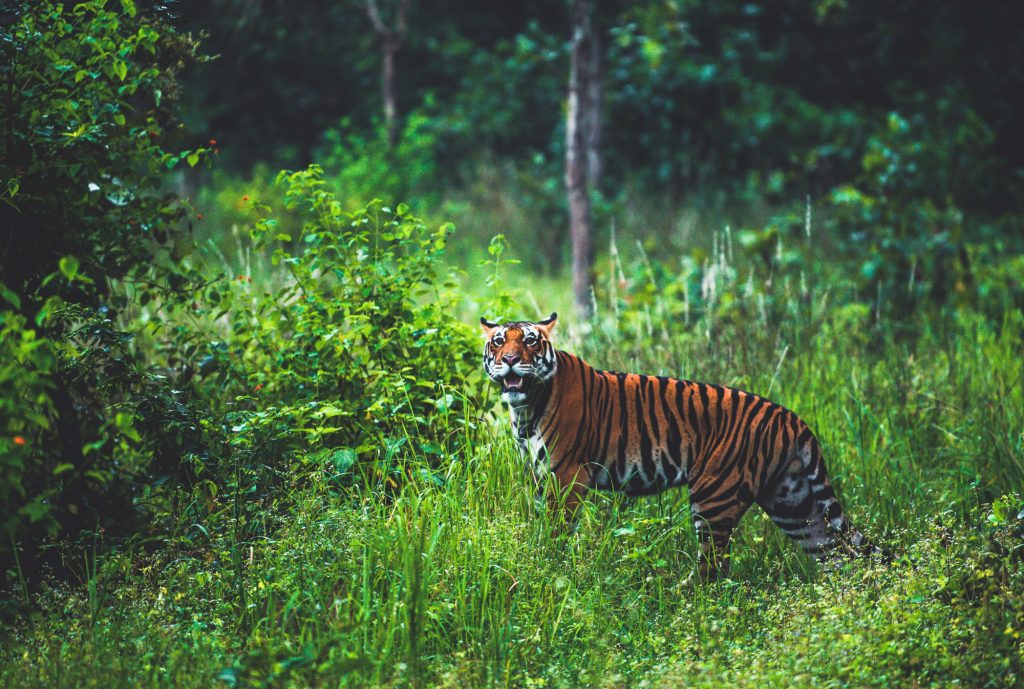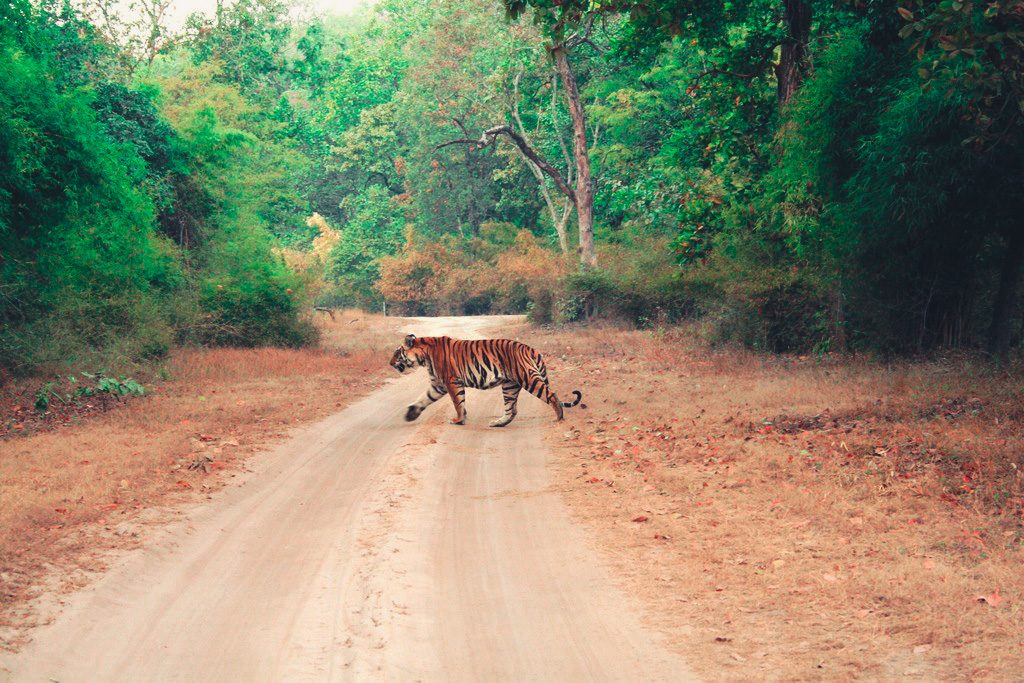Tiger tourism is a popular draw but complicated issue in India. Here’s a look at the latest as the world celebrates these endangered big cats on International Tiger Day on 29 July.
For travelers hoping to catch sight of a tiger in the wild, there’s no better place to do it than India. According to the last official count taken in 2016, the country is home to 2,226 of the endangered big cats, or 70 percent of the global population. India is also home to 50 tiger reserves, where the vast majority of travelers go to spot one of these impressive animals in the wild.

It has not been an easy path to get to this point of tiger abundance, however. India’s national parks close every year from late June to early October, but when they closed in 2012, the Supreme Court set about designing a strategy for managing the negative impact of tiger tourism. Though this closure occurs annually during India’s summer months, the international media inaccurately represented the incident as a ban, and the negative publicity impacted everyone working in some way with tiger tourism.
When the parks reopened, they did so with a new regulation on the books: Within the 17 “tiger states” in India, critical zones were defined and tourists were allowed into just 20 percent of each of those areas. “Unregulated tourism with multiple Jeeps crowding on one sighting of a tiger was not only disturbing the animals but ruining the experience, especially when tigers existed through all tourism zones of the parks. Today, due to the regulation, the experience is very good around our national parks,” said Amit Sankhala, owner of Encounters Asia / Jungle Lodges and a leader in Tiger Nation. “But on the other hand, we also struggle to understand how the forest department plans to protect our last remaining tigers in the 80 percent of the parks with limited resources, where tourism could have given them free patrolling throughout the year.”
Though the tiger population has rebounded in recent years, perhaps in part due to this regulation, local communities are also pivotal in the species’ survival. Many people are employed in the tourism sector or are tangentially related to it, especially in the areas around these tiger reserves, and Sankhala emphasized their role in helping maintain the current population numbers. “It is only when the communities living around the national parks understand the importance of saving India’s natural heritage will they act as guardians of the wildlife that surround them.”

Travelers also play a role in appropriately supporting India’s tigers during their visits. Undoubtedly, delegates headed to AdventureNEXT India being held 3-5 December in Madhya Pradesh will want to lay eyes on a tiger, and they will have a chance to do so during several Pre-Adventure excursions. Sankhala has the following advice in order to best appreciate the wildlife while positively impacting the tigers’ environment and habitat: “Just by visiting some of our national parks, you are providing more eyes on the tiger. Make sure you stay in sustainable lodges that have a high eco-rating, and make sure that your trip does some good for the community that you visit,” he said.
In addition, Sankhala also reminds travelers that India’s impressive wildlife extends beyond tigers, and the richest travels encompass a wider array of experience. “The Jungle Book was not created with mythical creatures. When you come to see tigers in India, depending on where you are in the country, you also have the opportunity to see leopards, wild dogs, sloth bears, wild elephants, and one-horned rhinos,” he said. “The diversity in our jungles is amazing. Let’s try to move on from ‘tiger tourism’ and appreciate our jungles as a whole, as there is so much more, rather than being tiger-centric.”
Nonetheless, tiger tourism remains popular in India, and a number of organizations continue to protect the big cats. In addition to Tiger Nation, WWF-India and Tigers in Crisis actively engage in advocacy, education, and protection efforts so travelers to India can appreciate tigers in the wild for many years to come.
